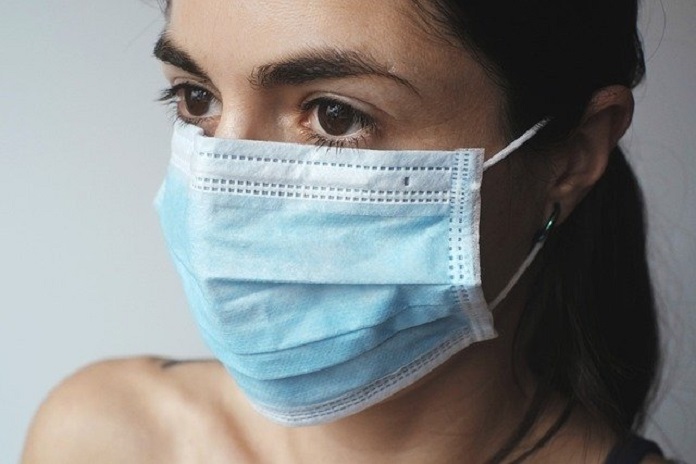What do we know about the outcomes for young people hospitalised with SARS-CoV-2? Are young people at risk of dying from coronavirus?
The SARS-CoV-2 virus has had a devastating impact worldwide since it first began to circulate almost one year ago. The total number of deaths as a result of the pandemic has already surged well over 1.1 million and it cannot be said that any end to its spread is in sight. Thus far, the overwhelming majority of deaths have occurred in older adults, particularly those with multiple comorbidities. This has given rise to a perception among some people that the virus is relatively benign among young people. A new analysis published by JAMA Internal Medicine attempts to shed some light on the risks of young people dying from coronavirus by collating US hospital statistics (1).
The study made use of a large database that covers 1,030 US hospitals and healthcare systems. The researchers pulled together data on all individuals aged between 18 and 34 years who had received a confirmed COVID-19 diagnosis at one of these facilities between April 1st and June 30th 2020. They excluded individuals such as pregnant women, where COVID was not the reason for admission. The database also contained information on comorbidities, intensive care utilization, ethnicity, and race.
In total, the analysis included 3,222 young adults with COVID-19 diagnoses across 419 US hospitals. The average age of the group was 28.3 and just over 57% of them were men. Similarly, 57% were Black or Hispanic. In terms of comorbidities, obesity was by far the most prevalent among the group with 36.8% being classified as obese, the majority of these being morbidly obese. Approximately one in five suffered from diabetes and one in six suffered from high blood pressure.
This group were analysed to examine their disease trajectory and ultimate outcomes. Twenty one percent of them required intensive care at some point and one in ten required mechanical ventilation. Overall, 88 of these young people with coronavirus died (2.7%). Among those who survived, 3% required discharge to a facility for further recovery. The median length of hospital stay was four days.
Statistical analysis examined the effect of various comorbidities on a patient’s trajectory/outcome. Morbid obesity and hypertension were the two risk factors carrying the highest risk of death or mechanical ventilation. Patients who were morbidly obese or suffering from high blood pressure were approximately 2.3 times more likely to die or require mechanical ventilation. Male sex carried a slightly higher risk of these same negative outcomes (odds ratio =1.53). The presence of multiple risk factors further increased the risk of negative outcomes.
The results of this analysis emphasise the significant risks to young people posed by SARS-CoV-2. Ten percent of young adults who are hospitalised with COVID-19 required mechanical ventilation and over one fifth required intensive care. The results of the study suggest that almost three out of every hundred young people who are hospitalised with this disease could die. This study also highlights the importance of expressing risk correctly. As the virus continues to spread among younger people, the number of individuals who require hospitalisation continues to grow. Three percent may seem like a small percentage but when it becomes three percent of thousands or even hundreds of thousands, it adds up to a lot of lives being lost.
There are a number of caveats within this study, however. For example, relying on electronic databases may not always be the most reliable way of recording comorbidities and diagnoses. Furthermore, in other jurisdictions, differences in patient outcomes have been linked to healthcare service capacity. There is also the issue of improving disease knowledge to account for. As we learn more about the disease, treatment options can be refined and patient outcomes improved. The results of this study would require further confirmation before the specific figures can be viewed as accurate. However, the overall result remains the same – it highlights the importance of preventing the spread among young people.
Written by Michael McCarthy
1. Cunningham JW, Vaduganathan M, Claggett BL, Jering KS, Bhatt AS, Rosenthal N, et al. Clinical Outcomes in Young US Adults Hospitalized With COVID-19. JAMA internal medicine. 2020.
Image by Juraj Varga from Pixabay



